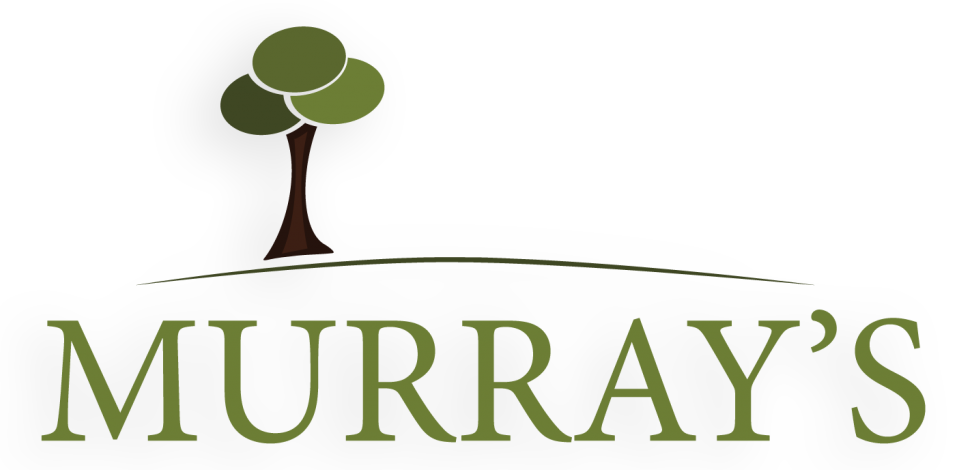Mowing is one of the most basic practices in turf maintenance. When done properly mowing can create a healthy and beautiful lawn. Proper mowing relies on two important factors – mowing height and mowing frequency.
Proper Mowing Height
Proper mowing height determines how healthy and beautiful your lawn looks. When mowed at the proper height, your lawn will be more dense and drought-tolerant. So, how do you know what height your lawn should be mowed? Well, that depends on what type of grass you have.
The chart below details proper mowing height based on grass type:
[table style=”1″]
| Grass Type |
Proper Mowing Height |
| Bermuda |
1.0″-2.5″ |
| Bent Grass |
.25″-.75″ |
| Centipede |
2.0″-2.5″ |
| Tall Fescue |
3.5″-4.5″ |
| Kentucky Blue Grass |
3.5″-4.5″ |
| Rye Grass |
2.0″-3.0″ |
| St. Augustine |
2.5″-4.0″ |
| Zoysia |
2.0″-2.5″ |
[/table]
Mowing Frequency
As a general rule, you should never remove more than one third of the grass height in one mowing. So if your current grass height is 3 inches, you should not mow below 2 inches. Mowing more than one third of the blade severely cripples the underlying root system and will prevent your grass for absorbing the proper amount of nutrients and water. This means that you may need to mow more frequently during rapid growth in the spring.
A Few Helpful Tips:
- Under stressful conditions (extreme heat, drought) make sure to cut your grass on the higher end of the height range. Higher grass is more stress tolerant.
- Cool season grasses are healthiest when cut on the higher end of their height range.
- During cooler weather, all grasses may be mowed at the lower end of their height range.
- Taller grasses produce more shade on the soil surface which inhibits the germination of weeds.
Happy Mowing!
